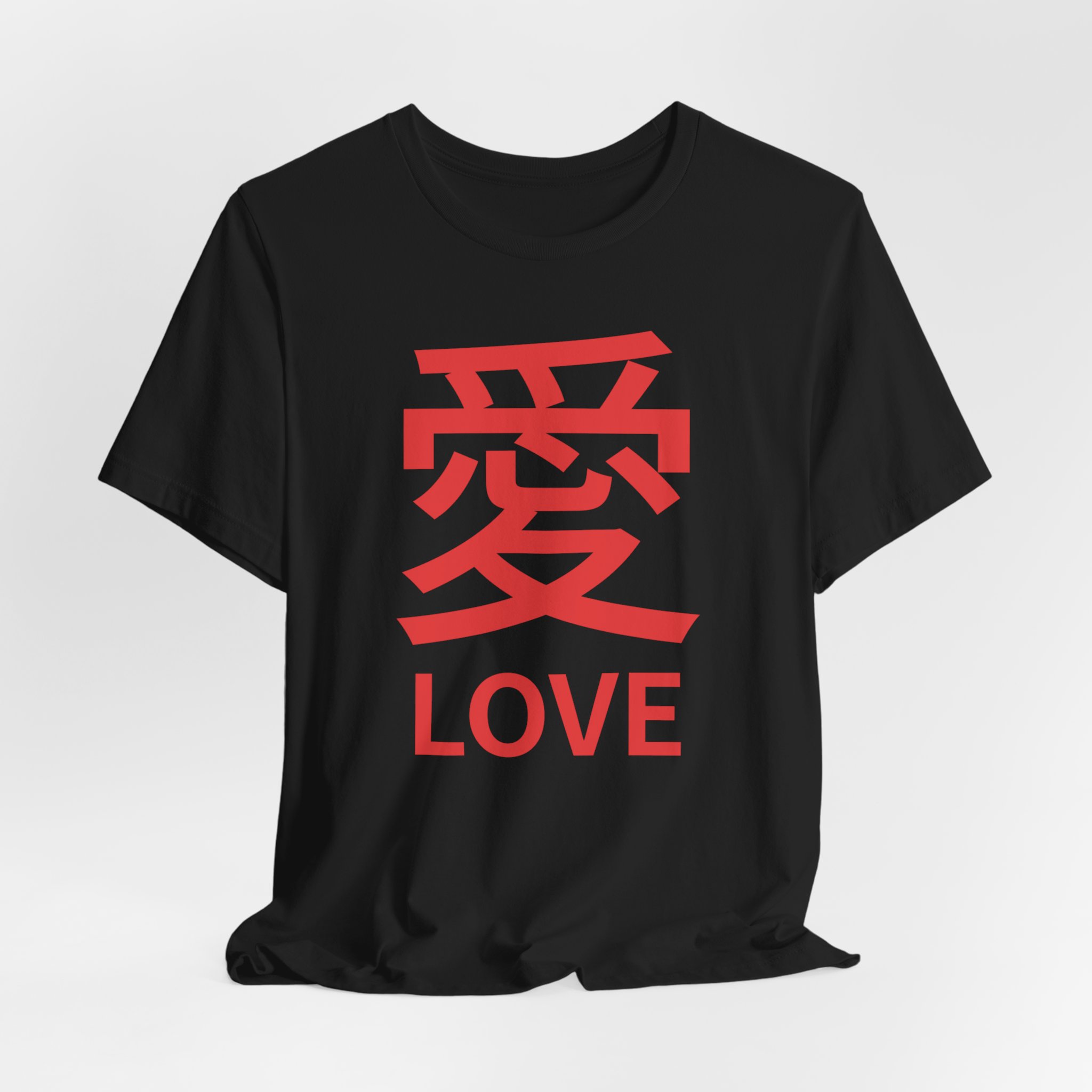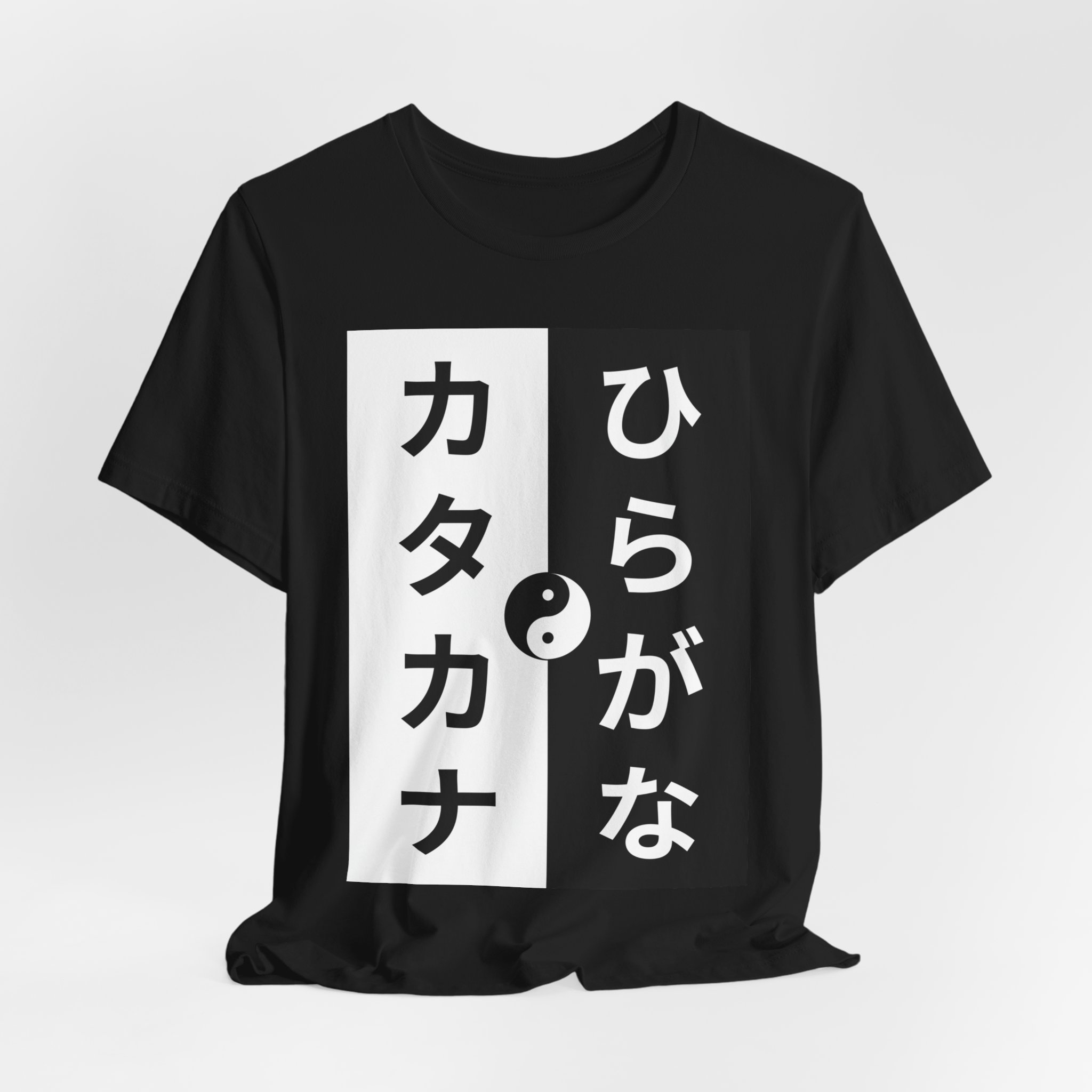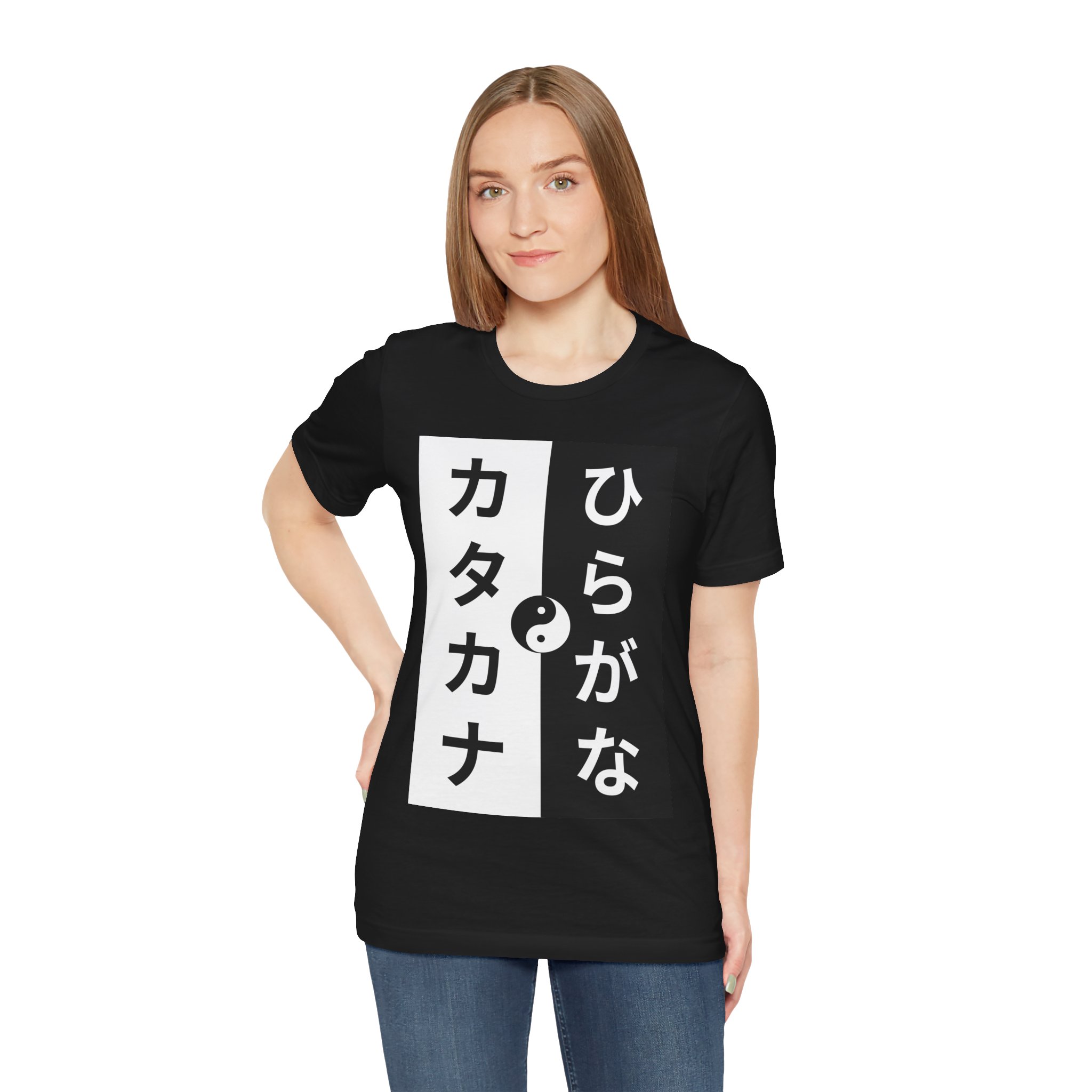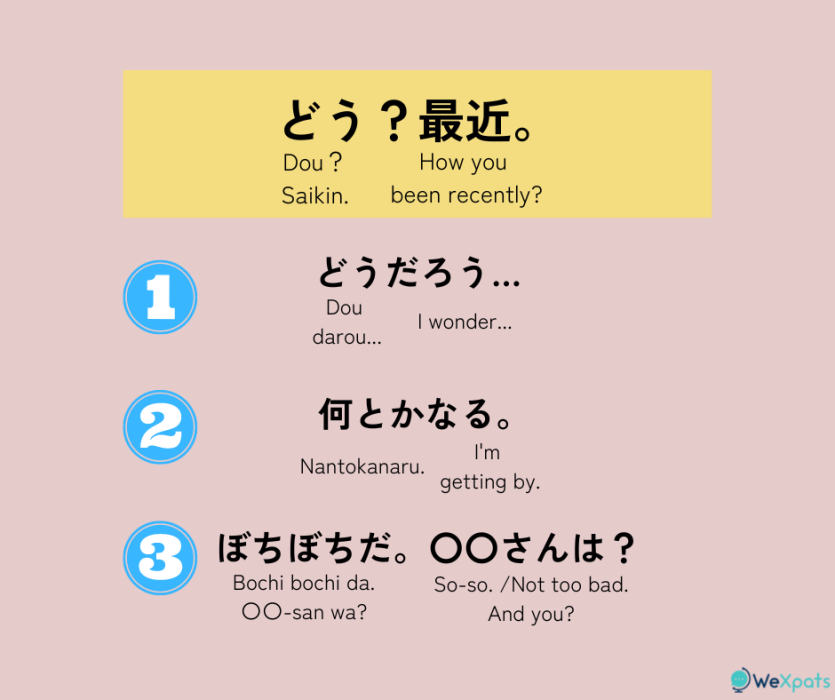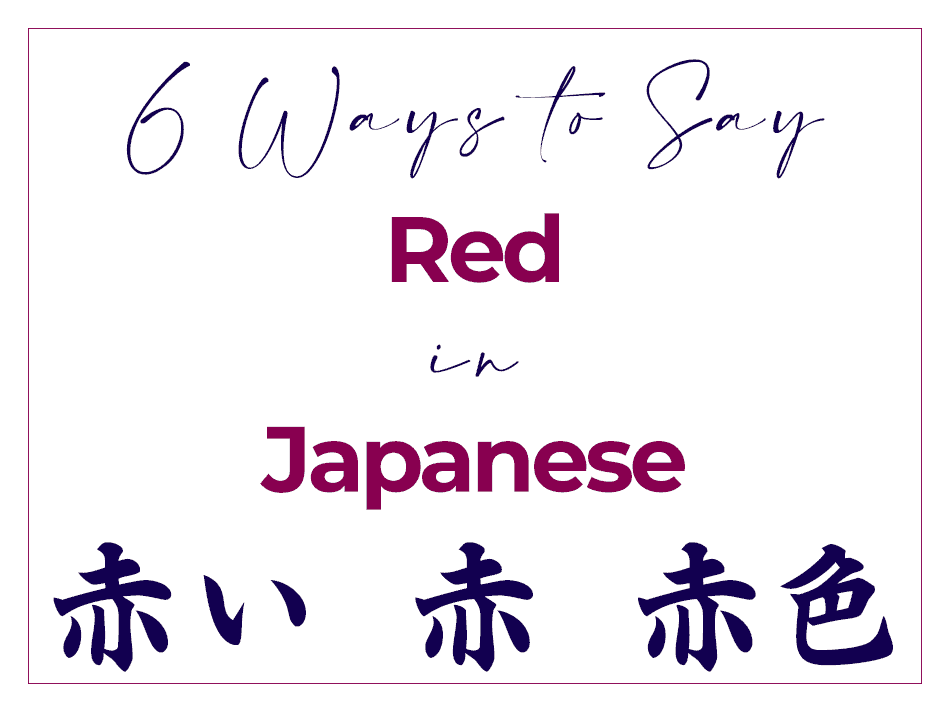How Do You Say Pink In Japanese
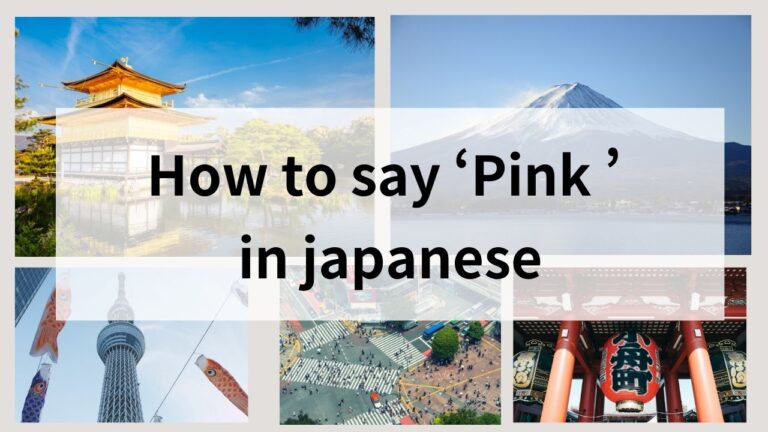
Imagine strolling through a vibrant Tokyo marketplace, the air thick with the scent of blooming cherry blossoms. The sun casts a soft glow on the countless stalls displaying everything from delicate kimonos to intricately crafted sweets. Amidst this kaleidoscope of colors, a young woman points to a display of vibrant pink candies, a curious expression on her face as she asks a friend, "How do you say 'pink' in Japanese?"
This simple question, seemingly trivial, opens a window into the fascinating world of Japanese language and culture. While the direct translation might seem straightforward, understanding the nuances and contexts surrounding the word for "pink" – and its associated cultural significance – reveals a deeper appreciation for the Japanese language.
The Direct Translation: Momoiro
The most common and widely accepted translation for "pink" in Japanese is momoiro (桃色). This word literally translates to "peach color." The kanji (Chinese characters) used to write momoiro are momo (桃), meaning "peach," and iro (色), meaning "color."
Think of the soft, delicate blush of a ripe peach. This image encapsulates the essence of momoiro perfectly. It’s a gentle, warm shade, often associated with femininity, youth, and spring.
Beyond the Peach: Variations and Nuances
While momoiro is the primary translation, the Japanese language offers a spectrum of words to describe different shades of pink. Just like English has variations like "rose," "fuchsia," and "salmon," Japanese utilizes a richer vocabulary to capture the subtle differences in color.
For example, bara-iro (薔薇色), meaning "rose color," evokes a deeper, more romantic shade of pink. It suggests the rich, velvety petals of a blooming rose.
Another variation is sakura-iro (桜色), which translates to "cherry blossom color." This shade is a pale, almost ethereal pink, reminiscent of the delicate blossoms that symbolize the fleeting beauty of spring in Japan.
There's also pinku (ピンク), a direct borrowing from the English word "pink." This katakana (phonetic alphabet used for foreign words) term is widely used in modern Japanese, particularly when referring to contemporary trends and styles.
Cultural Significance of Pink in Japan
Pink, particularly momoiro and sakura-iro, holds significant cultural weight in Japan. It is deeply intertwined with themes of nature, renewal, and beauty.
The association with cherry blossoms is paramount. The annual sakura season is a national obsession, with people flocking to parks and gardens to admire the fleeting beauty of the blossoms. Sakura-iro, therefore, embodies a sense of transience and the appreciation of ephemeral beauty.
Furthermore, pink is often associated with femininity and childhood. It's commonly used in clothing, accessories, and decorations for young girls.
However, the perception of pink is evolving in contemporary Japanese society. While still linked to traditional feminine ideals, it's also embraced by men and used in various contexts beyond gender stereotypes. The adoption of pinku as a modern term reflects this shift.
How to Use "Pink" in a Sentence
Learning the word is just the first step; knowing how to use it in a sentence is crucial. Here are a few examples:
"Kono hana wa momoiro desu." (この花は桃色です。) This translates to "This flower is pink."
"Watashi wa pinku no fuku ga suki desu." (私はピンクの服が好きです。) Meaning, "I like pink clothes."
"Sakura-iro no kimono ga kirei desu." (桜色の着物が綺麗です。) This translates to "The cherry blossom colored kimono is beautiful."
"Learning a language is not just about memorizing words; it's about understanding the culture and the context in which those words are used." - Dr. Akari Tanaka, Professor of Japanese Linguistics
Learning Japanese: A Journey Beyond Translation
The seemingly simple question of "How do you say 'pink' in Japanese?" leads to a fascinating exploration of language, culture, and aesthetics. It highlights the richness and depth of the Japanese vocabulary and the importance of understanding the cultural nuances embedded within each word.
Moreover, understanding these nuances enhances communication and fosters a deeper connection with the Japanese people and their culture. By venturing beyond direct translation, we gain a more authentic and enriching experience when engaging with the Japanese language.
So, the next time you admire a field of cherry blossoms or see a beautiful pink kimono, remember the layers of meaning behind the simple word momoiro. It's a small word that unlocks a world of beauty and cultural understanding.

